Close
WikiliQ
Wine in Beaujolais Villages

All About Wine in Beaujolais Villages
Wine is an alcoholic drink typically made from fermented grape juice. Yeast consumes the sugar in the grapes and converts it to ethanol, carbon dioxide, and heat. Different varieties of grapes and strains of yeasts produce different styles of wine. WikipediaFind Wine

FILTERS
Close
Apply Filters
Louis Jadot Beaujolais Villages
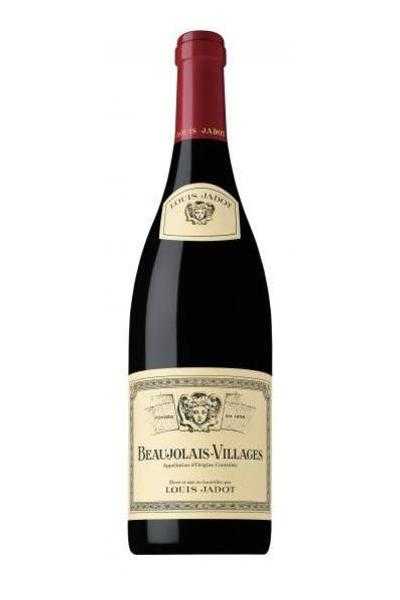
- Category:
- Country:
- Tasting Notes:Berry, Cherry, Fruity, Spicy
- Food Pairing:Chicken, Fish - Meaty & Oily, Mushrooms
- ABV:12.7%
An easy-drinking wine made with high quality grapes grown in the southern part of Beaujolais. Soils are light, and allow a light, fresh expression of Gamay. The grapes are handpicked in whole bunches and cold soaking is longer than usual for Beaujolais.
$12.99
Georges Duboeuf Beaujolais-Villages
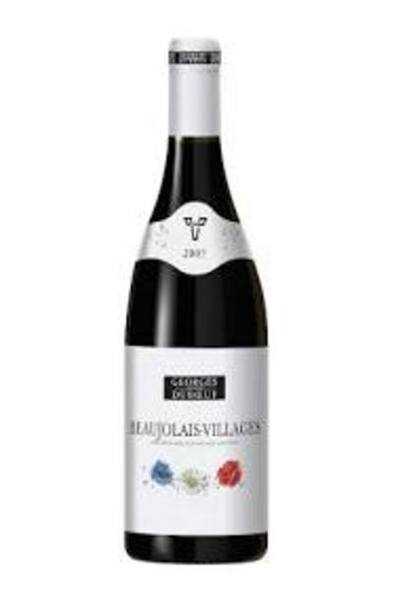
- Category:
- Country:
- Tasting Notes:N/A
- Food Pairing:Fish - Meaty & Oily, Duck & Game Bird
- ABV:12.5%
This wonderful Beaujolais by Georges Deboeuf is intense cherry red in colour with aromatic notes of raspberries and blackcurrant and red berry flavours.
$12.62
Duboeuf Beaujolais Villages Nouveau Boat
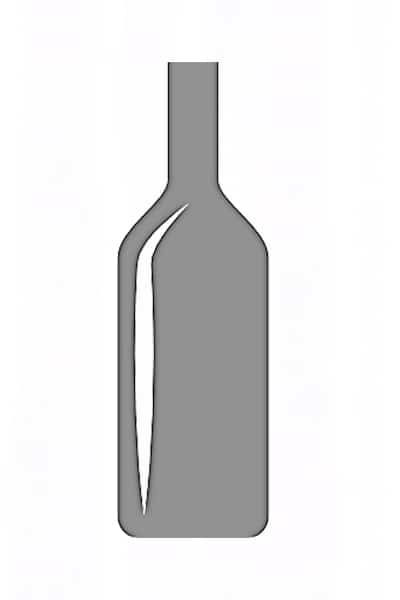
- Category:
- Country:
- Tasting Notes:N/A
- Food Pairing:Fish - Meaty & Oily, Duck & Game Bird
- ABV:12.5%
Discover Duboeuf Beaujolais Villages Nouveau Boat Beer. Is a carbonated, fermented alcoholic beverage. You can learn more about this beer and its availability here.
$11.99
Famille Dutraive Beaujolais Villages
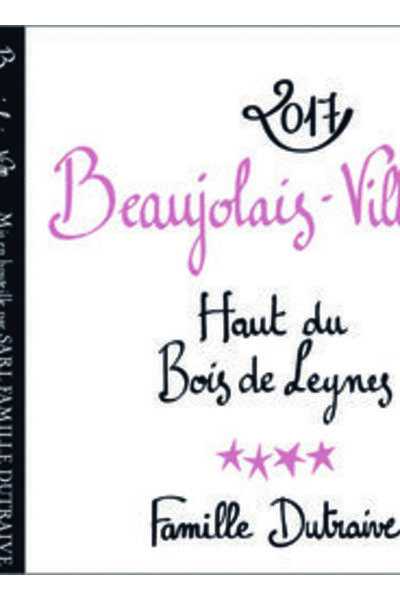
- Category:
- Country:
- Tasting Notes:N/A
- Food Pairing:Chicken, Fish - Meaty & Oily, Mushrooms
- ABV:N/A
From a single parcel, mixed terroir of clay, galet stones, and a majority of sand on granite gives this wine great complexity. Located at the very North of the Beaujolais. Organically-farmed, 50 years old vines planted on hills (430-450m altitude) with south-southwest exposure. Vinification in concrete tanks and ageing 100% in oak barrels for 5 months.
$30.99
Bouchard Aine Beaujolais Nouveau
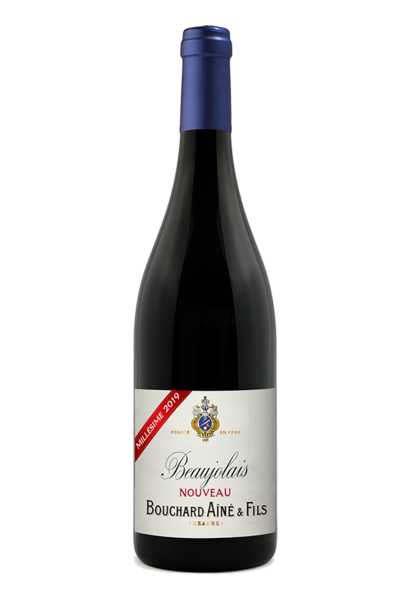
- Category:
- Country:
- Tasting Notes:N/A
- Food Pairing:Chicken, Fish - Meaty & Oily, Mushrooms
- ABV:12%
Discover Bouchard Aine Beaujolais Nouveau Beer. Is a carbonated, fermented alcoholic beverage. You can learn more about this beer and its availability here.
$12.62
Bonnet Rouge Beaujolais Villages Gamay Noir
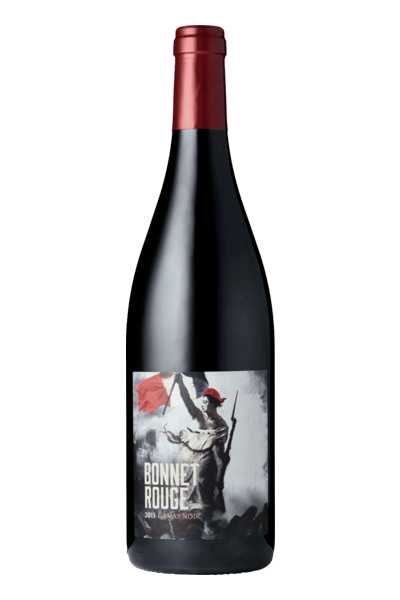
- Category:
- Country:
- Tasting Notes:N/A
- Food Pairing:N/A
- ABV:N/A
The French revolution was fought by scrappy, working-class partisans that took up arms to fight for their freedom and equality. The peasant soldier unable to afford formal uniforms donned a “Bonnet Rouge” or Red Cap of Liberty to show their allegiance to the revolutionary cause.
Now Bonnet Rouge carries the revolutionary spirit back to the Beaujolais region of France. For the past thirty years, the wine markets of the world have been flooded with mass-produced Beaujolais wine of poor quality and dubious craftsmanship. Despite this fact, artisanal winemaking has never been forgotten in Beaujolais. It has soldiered on by small winemakers making limited amounts of distinctive cru Beaujolais wine.
Now Bonnet Rouge has partnered with top winemakers in Beaujolais to produce a top-quality Beaujolais Gamay Noir. Breaking free of the traditional hierarchies of French winemaking, Bonnet Rouge is a blended wine from different premium cru Beaujolais vineyards to create wine of character and distinction.
VIVE LA REVOLUTION!
The Gamay Noir grape is the cousin of Pinot Noir and “Burgundy’s other red wine.” A century ago, Gamay Noir from Beaujolais was the most expensive and sought after wine of Burgundy. Gamay is the ultimate food wine even more versatile than Pinot Noir as it can stand up to heavier meat and poultry dishes. Both in price and palate, well-made.
Gamay Noir is a quintessential food wine that deserves a place on every table as a perfect everyday drinking wine of the people.
$16.99
Paul Janin Beaujolais Villages

- Category:
- Country:
- Tasting Notes:N/A
- Food Pairing:N/A
- ABV:N/A
Discover Paul Janin Beaujolais Villages Beer. Is a carbonated, fermented alcoholic beverage. You can learn more about this beer and its availability here.
$19.99
Henry Fessy Beaujolais Villages Vieilles Vignes
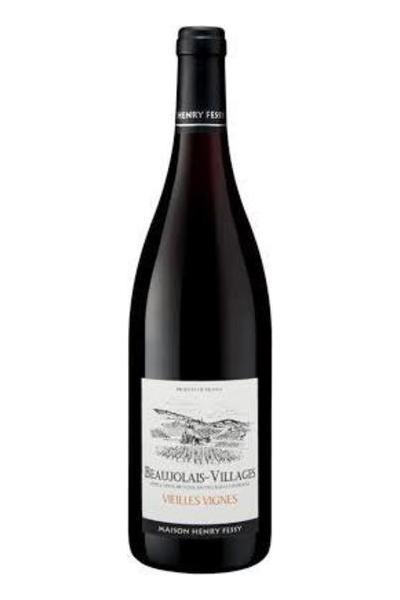
- Category:
- Country:
- Tasting Notes:N/A
- Food Pairing:N/A
- ABV:N/A
Our Beaujolais Vieilles Vignes offers an intense red with purple hints. The nose reveals rich aromas of strawberry, raspberry, and blackcurrant. Beautiful length on the palate with red and black fruits notes. A wine with a very nice balance and soft tannins.
This wine has a pretty ruby red color with purple hues. The intense nose opens with notes of red fruits and peach. The mouth is round, with delightful notes of strawberry, raspberry, and peach.
$9.99
Laurence Et Remi Dufaitre Premices Le Millesime
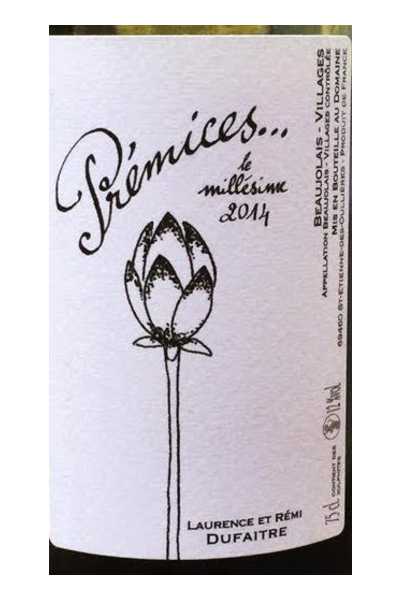
- Category:
- Country:
- Tasting Notes:N/A
- Food Pairing:N/A
- ABV:N/A
Remi and his wife Laurence began purchasing vines in and around the Brouilly and Cote de Brouilly appellations in 2006. In 2010 they bottled their first vintage, and since then their wines have acquired an avid following in the Parisian natural wine scene.
This is an easy-drinking Beaujolais-Villages, with a good amount of minerality. It undergoes a short carbonic maceration and aging in concrete tanks. Lighter than their offerings of Brouilly and Cotes de Brouilly, it is an elegant young expression of the Gamay grape.
$20.99
Michel Picard Beaujolais-Villages

- Category:
- Country:
- Tasting Notes:N/A
- Food Pairing:Chicken, Fish - Meaty & Oily, Mushrooms
- ABV:N/A
Discover Michel Picard Beaujolais-Villages Beer. Is a carbonated, fermented alcoholic beverage. You can learn more about this beer and its availability here.
$12.99
Jean Marc Burgaud Beaujolais Villages
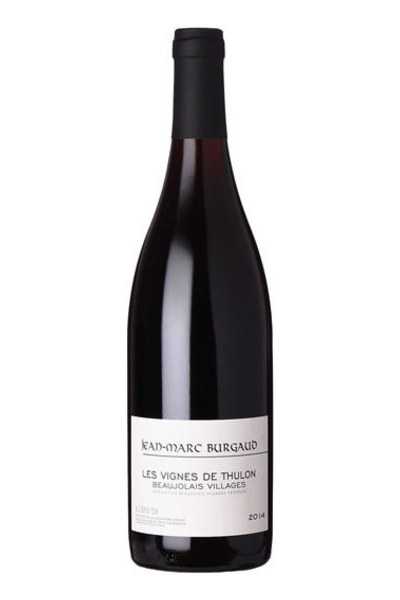
- Category:
- Country:
- Tasting Notes:N/A
- Food Pairing:Chicken, Fish - Meaty & Oily, Mushrooms
- ABV:12%
A bright red color, the 2015 Beaujolais Villages is fresh and fruity.
$16.00
Domaine du Clos du Fief “La Roche” Beaujolais-Villages
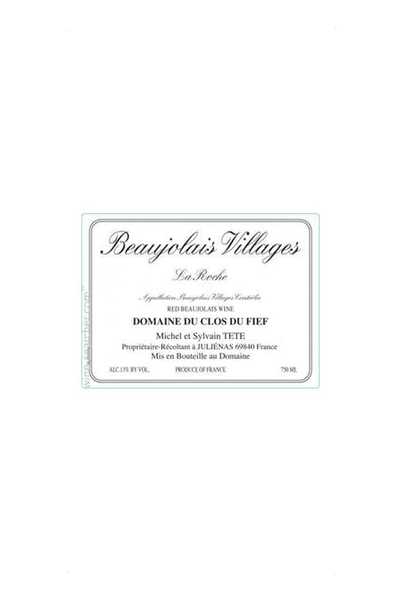
- Category:
- Country:
- Tasting Notes:N/A
- Food Pairing:N/A
- ABV:13%
50+ year old vines. Vines from Les Côtes de la Roche just west of Juliénas in the hamlet of Jullié
350 meters in altitude and on a clear day you can see Mont Blanc!
High density planting: 10,000 vines/ha
Steep slopes of crushed granite, blue stones – with the bedrock very close
Semi-carbonic vinification in large upright wooden barrels
Aged in tank after malolactic fermentation
There are many terroir parallels between Jullié and Juliénas. This is a character-rich, expressive Gamay from just outside of Beaujolais’ band of “cru” villages.
Certainly one of the finest values for serious quality anywhere; floral, aromatic and full of intensely layered red fruits.
Domaine du Clos du Fief is run by our friend Michel Tête, with his son Sylvain working alongside. This is a rare 4th generation Cru estate in Juliénas and Julie, based at the far Northwest sector of Beaujolais. The history of these great villages dates back more than 2,000 years and trace their names to Julius Caesar. Vines were grown on the high altitude hillsides of Juliénas and Jullié (a granite rich Beaujolais-Villages Cru that mimics its more famous neighbor) in the Gallo-Roman period. Michel took over this history-rich land after studying in Beaune, where he learned many techniques that he now uses on his own wines to great acclaim. Michel harkens his wines back to the classics: low yields, meticulously farmed vineyards, and classic winemaking resulting in serious and mouthwatering examples of terroir driven reds.
$14.99
Louis Tete Beaujolais Villages
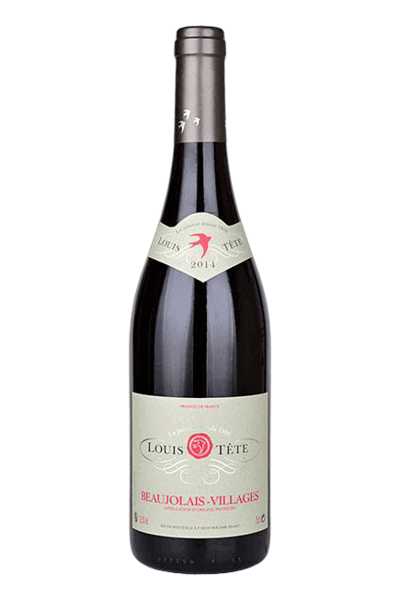
- Category:
- Country:
- Tasting Notes:N/A
- Food Pairing:N/A
- ABV:N/A
This is a medium-bodied Beaujolais that shows red cherry, pomegranate & raspberry with underlying earthy notes. We love it with chicken, duck or pizza! Serve this wine slightly chilled.
$13.12
Henry Fessy Beaujolais-Villages
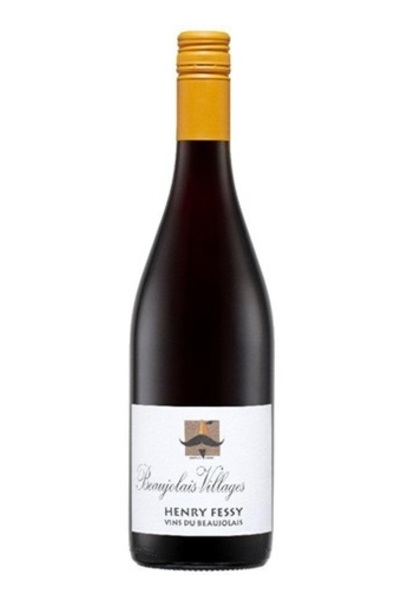
- Category:
- Country:
- Tasting Notes:N/A
- Food Pairing:Chicken, Fish - Meaty & Oily, Mushrooms
- ABV:12%
Our Beaujolais-Villages reveals a deep ruby colour. It offers red fruits, lightly spicy notes. Of a remarquable softness and a nice concentration, the mouth is full of fresh fruits flavours. A very pleasant wine with mellow tannins.
$12.99
Dubost Beaujolais Villages
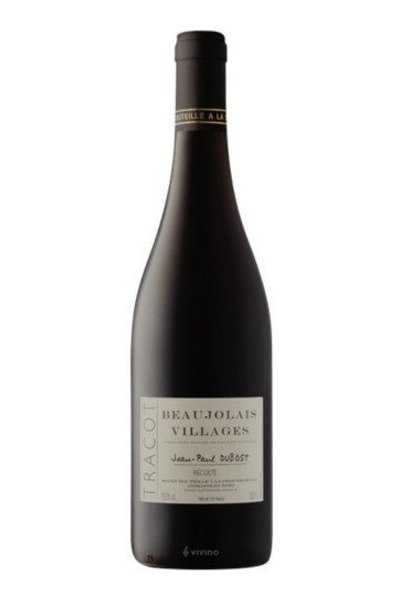
- Category:
- Country:
- Tasting Notes:N/A
- Food Pairing:Duck & Game Bird
- ABV:12.5%
One of the top wines from Beaujolais Villages that people are searching for. Nevertheless, there has been a lowering of demand over the past year. This is priced higher than average for wines from Beaujolais Villages. The price has been stable over the past year.
$17.46
Chateau de Lavernette Beaujolais-Villages
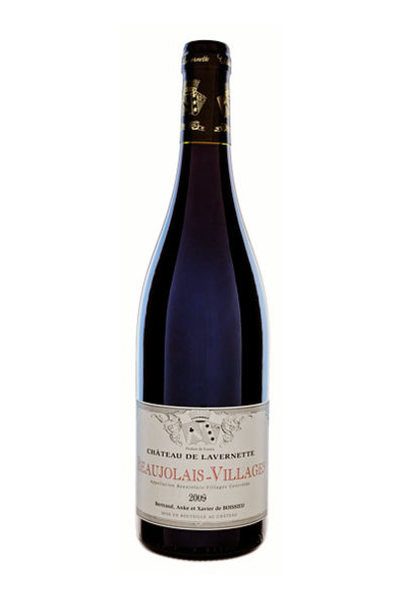
- Category:
- Country:
- Tasting Notes:N/A
- Food Pairing:N/A
- ABV:13%
The taste of apple pie and cherry tart melded into one with strawberry rhubarb flavours to top it off. This Beaujolais-Villages has the enchanting fragrance of ripe red fruits from the orchard and briar. The wine has a silky entry followed by a lavish mid-palate showcased on a pedestal of fine integrated tannins.
Food Pairings: Fish, Duck, Fruit, Veal, Poultry
$19.99
Chateau Du Chatelard Beaujolais Villages Rosé

- Category:
- Country:
- Tasting Notes:N/A
- Food Pairing:N/A
- ABV:N/A
Discover Chateau Du Chatelard Beaujolais Villages Rosé Beer. Is a carbonated, fermented alcoholic beverage. You can learn more about this beer and its availability here.
$18.00
Patriarche Beaujolais Villages
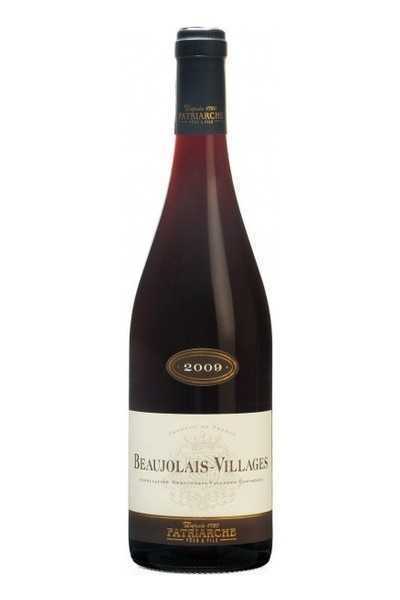
- Category:
- Country:
- Tasting Notes:N/A
- Food Pairing:Chicken, Fish - Meaty & Oily, Mushrooms
- ABV:13%
Discover Patriarche Beaujolais Villages Beer. Is a carbonated, fermented alcoholic beverage. You can learn more about this beer and its availability here.
$15.10
Domaine De La Combe Au Loup Beaujolais Villages
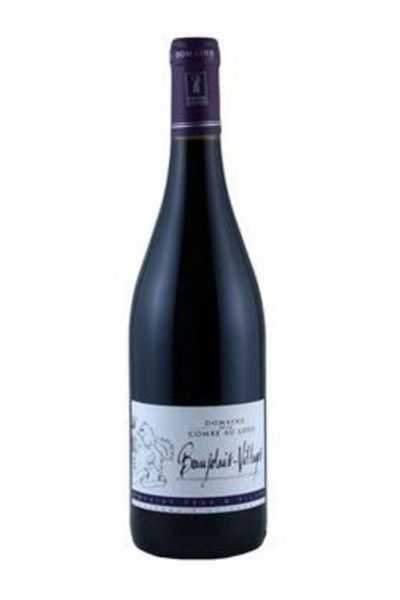
- Category:
- Country:
- Tasting Notes:N/A
- Food Pairing:Chicken, Fish - Meaty & Oily, Mushrooms
- ABV:13%
Discover Domaine De La Combe Au Loup Beaujolais Villages Beer. Is a carbonated, fermented alcoholic beverage. You can learn more about this beer and its availability here.
$15.50
Château Gaillard Beaujolais Villages
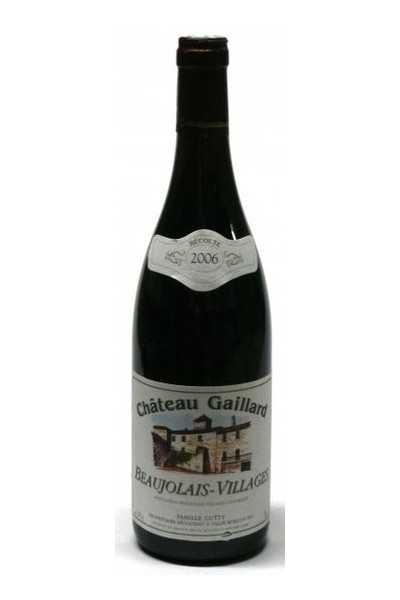
- Category:
- Country:
- Tasting Notes:N/A
- Food Pairing:Chicken, Fish - Meaty & Oily, Mushrooms
- ABV:12.5%
Discover Château Gaillard Beaujolais Villages Beer. Is a carbonated, fermented alcoholic beverage. You can learn more about this beer and its availability here.
$17.00